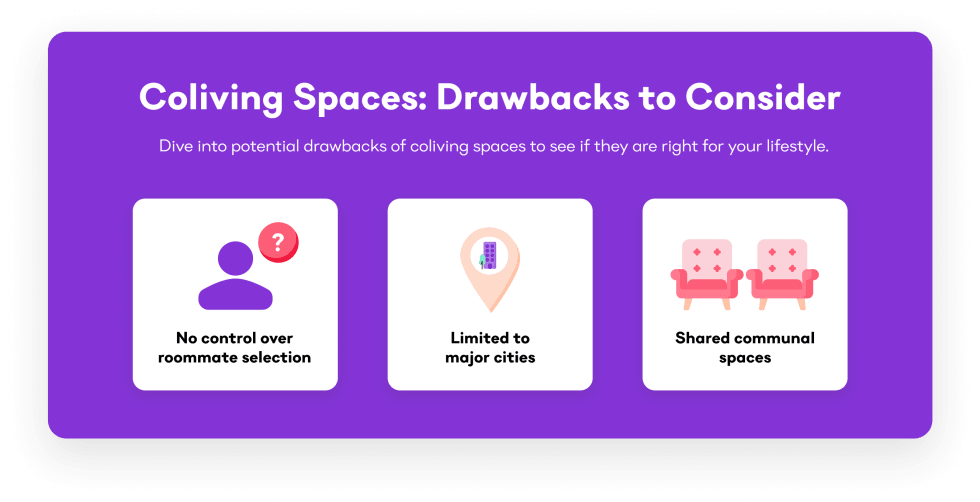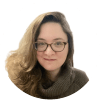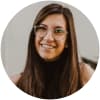Preston Centre
- 43 units available
- 1 bed • 2 bed • 3 bed
- Amenities
In unit laundry, Hardwood floors, Dishwasher, 24hr maintenance, Stainless steel, Walk in closets + more

Coliving is a modern living setup where renters share a living space while having private bedrooms. It’s designed to create a sense of community and cut costs, making it a big draw for students and young professionals.
As rents climb higher and city life becomes more popular, renters are looking for smarter ways to live. For some, coliving is about saving serious money. For others, it’s about finding connection in a world that can feel a little disconnected.
Let’s explore what coliving is all about, and see if it’s right for you.
Coliving is a shared rental model that blends cost savings with community. Think of it as a grown-up version of dorm life: you have your own bedroom, but share common spaces, responsibilities, and often meals or household essentials.
Unlike your typical roommate setup, coliving usually comes with shorter, flexible lease agreements and sometimes covers essentials like Wi-Fi, utilities, cleaning, and furnished common areas. Many coliving communities encourage residents to contribute to their community in some way, whether through weekly dinners, events, or casual hangouts to get to know your housemates.
At its core, coliving is a collective living experience that combines affordability with human connection.

Coliving has become a popular housing choice mainly for its affordability. In major cities, renting on your own can easily eat up half your income. Coliving can be up to 50% cheaper than traditional rentals. And with the nationwide median rent at $1,400, that kind of savings makes a huge difference.
But money isn’t the only factor. Many renters today prioritize experiences and community over square footage. Coliving caters to this mindset, offering a built-in social network of like-minded peers and a lifestyle that feels more collaborative than isolating.
Interested in a deeper dive on the motivations behind coliving? Check out this great TED talk from Grace Kim on how cohousing can make us happier:
Coliving isn’t a one-size-fits-all living style. From co-ops to professionally managed apartments, there are plenty of ways to experience coliving:
| Coliving Space | What It Is | Best For |
|---|---|---|
| Co-ops | Cooperative housing where members share chores, cooking, and decision-making. Usually run democratically. | Renters who want equality, shared responsibility, and community governance. |
| Adult dorms | Similar to a college dorm; several bedrooms along communal hallways with shared common areas. | Students, interns, or young professionals who want affordability and don’t mind less privacy. |
| Communes | An intentional coliving community often located in a rural area. | People seeking an alternative lifestyle, sustainability, or close-knit community living. |
| Co-housing | Single-family homes clustered around shared common areas. Popularized in the 1960s, residents keep private homes but share outdoor spaces, events, and responsibilities. | Families and individuals who want both privacy and strong neighborhood ties. |
| Informal housing | Groups of friends or strangers who rent large homes or apartments together, often found via personal networks or classifieds. | Budget-conscious renters who want flexibility and less structure than managed coliving. |
| Commercial coliving | Professionally managed coliving apartments offered by companies. Usually include furnished rooms, housekeeping, utilities, and events. | Young professionals, digital nomads, or newcomers to a city who want convenience and built-in community. |
Co-op housing runs a bit like a democracy. Residents rotate chores, elect leaders, and share responsibilities. Some co-ops are small and intimate, while others house dozens of people.
An adult dorm is exactly what it sounds like: a dorm for grown-ups. You get your own room, but the rest feels like campus life—hallways of bedrooms and plenty of shared space.
In communes, residents usually share values (sometimes spiritual, sometimes ecological) and aim for self-sufficiency. It’s a more intentional lifestyle than casual arrangement.
Born in the 1960s, co-housing brings families together by clustering private homes around a shared “common house” for events, meals, or neighborly connection.
Not every group calls it coliving, but when friends (or Craigslist strangers) pool rent for a big house, that’s exactly what it is. Informal coliving tends to be looser and more flexible than managed setups.
Commercial coliving takes the hassle out of shared living. These are fully managed apartments where your rent usually covers utilities, Wi-Fi, furniture, and even cleaning. It’s a great option if you’re new to a city, work remotely, or just want a move-in-ready space without juggling roommates or furniture shopping.
Ready to see what’s out there? Check out these popular coliving companies for high-end coliving apartments.
Paying rent in a coliving space is designed to be simple. Instead of one person being responsible for collecting money from everyone, each resident signs their own lease with the coliving provider. That means you only pay for your portion of the rent—no awkward reminders or chasing down late payments.
Most coliving rents are all-inclusive. A single monthly payment often covers:

Coliving comes with plenty of benefits, from cost savings to strong community ties. Here are the benefits you can expect from a coliving situation:
Living in a big city like New York, Los Angeles, or San Francisco can be expensive, and you'd be hard-pressed to beat the affordability that coliving offers.
With large and often newly renovated apartment units, coliving makes for the perfect affordable housing solution. As a bonus, legitimate coliving companies provide fully furnished apartment units with all-inclusive single rent payments.
No more fights over bills or cleaning with roommates. Individual leases and professional housekeeping keep tensions low.
It's more fun to live with folks who share your vibe. Whether you're into music, art, or tech, coliving spots often group similar people together. It’s not a surefire way to find your new BFF, but it does up your chances of meeting cool, like-minded people.
Many coliving setups attract certain crowds—artists, techies, you name it. This means you could be sharing a coffee with someone who can give your career a nudge, or at least have some interesting chats.
With short-term leases and ready-to-move-in setups, coliving is ideal if you live a hassle-free lifestyle or aren't ready to settle down just yet.

On the flip side, there are a few significant drawbacks to this living arrangement to consider, including:
If you like the idea of living with a diverse group of young, like-minded professionals in a coliving setup, be prepared to move to a major US city (unless you go the commune route).
If you don't mind the city life but want a bit less urban feel, limit your search to places with outdoor spaces or that are near parks.
Coliving spaces are typically designed to match residents with similar interests. However, there’s little control over the roommate selection process for current tenants.
While you certainly don't want to spend hours poring over potential roommate candidates, you might also not want a complete stranger moving in.
Common areas are great…until you and your roommate want the TV at the same time. You can retreat to your room, but shared living means compromise.

If you're weighing coliving against traditional apartment living, ask yourself: \
Coliving makes sense if you’re craving affordability and connection. But if you want control and solitude, an apartment that’s all yours might be a better match.
Start by taking Apartment List’s personalized quiz and we’ll match you with the right living setup that fits your life. We’ll help you sort through options to find the best shared home or private room that meets your ideal budget, location, and more.
Remember: don't rush into a living situation. Consider the pros and cons of both coliving and traditional renting to see what works best for you.
Living with roommates usually means you and your friends (or strangers you find online) rent a place together, split the bills, and manage responsibilities yourselves. You get more control over who you live with and how the household runs, but more responsibility when it comes to chores, payments, and setting house rules.
Coliving, on the other hand, is managed by a provider. They handle the lease agreements, furnishing, and amenities, so you just move in and focus on living. Rent is all-inclusive, and spaces are designed to foster community through shared events and common areas. The trade-off is less control over who your housemates are, but fewer headaches overall.
Roommates:
Coliving:
It depends on your priorities. Coliving can be cheaper and comes with amenities and built-in community. But it also means sharing more space with more people, and less control over household rules.
The average age for co-living varies depending on the provider and location. However, research suggests it generally falls between 22 and 35 years old. This age group often includes young professionals, recent graduates, and digital nomads seeking flexible, urban living experiences. However, co-living spaces are increasingly attracting more diverse age groups, including families and older adults seeking community and affordability.
It depends on the city and provider, but coliving is often 20-50% cheaper than renting a comparable apartment solo. In expensive metros, that can mean saving hundreds each month.
Yes, generally speaking, coliving is safe. Most coliving companies vet residents through background checks and have professional management teams, which can make it safer than informal roommate arrangements. Still, it’s smart to research providers and read reviews before signing a lease.
In most managed coliving setups, bedrooms come furnished with basics like a bed and dresser, and common spaces are fully stocked. Informal coliving may require you to bring more.
Pet policies vary. Many managed coliving spaces have no-pet rules to keep things simple, but some providers are pet-friendly. Informal coliving depends on your roommates.
Providers often have processes in place to mediate conflicts or allow you to transfer to a different unit. With informal coliving, it may be trickier and require open communication with your roommates.
Lease lengths vary widely. Some providers offer as little as a month-to-month option, while others require a minimum stay of 6-12 months.




In unit laundry, Hardwood floors, Dishwasher, 24hr maintenance, Stainless steel, Walk in closets + more
In unit laundry, Patio / balcony, Granite counters, Pet friendly, Stainless steel, Walk in closets + more